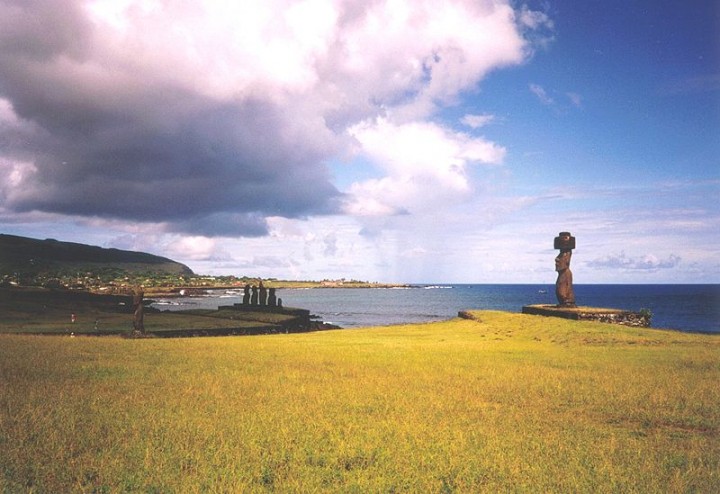India is curing what my mentor used to call, my “incurable optimism.” I’m not it’s a good thing, it’s definitely a more depressing state of mind. But hey, the truth hurts. And I’d rather live and be aware of the truth, no matter how painful it may be, than live a lie or an illusion.
In Mumbai I picked up a book someone (sorry, I can’t remember who) recommended: Holy Cow! An Indian Adventure by Sarah Macdonald. And it is a god-send, assuring me that the horrors and the emotional rollercoaster I have been experiencing are nothing to write home about.
India is changing me in ways I least expected. I thought I’d become more passionate about poverty and yet instead I find myself more accepting of it. Just like when I was in Paris and eventually had to accept that it is better not to smile at people on trains, here I have no choice but to accept my social location as wealthy westerner and play out my role. I try as hard as I can not to look people in the eye as apparently only women who are prostitutes do that. I try not to cry when children with bits missing – ears, eyes, limbs, you name it – ask me for money.
I like Sarah Macdonald’s description of the shock:
‘A ghostly torso or a gaunt face with an expression straight from ‘The Scream’ rises up from the milky depths. Long, skinny Addams Family fingers rap on the window – death knocks from beggars. I shrink from the beings as if they’re lepers and then realise many actually are. Still freaked from seeing bits of people through the airport fence, I’m now scared by seeing people without bits.’ (p. 17.)
Walking out of the airport was scary. The rest of the city was even scarier.
I guess it is normal to hate this place. It is normal to get completely ripped off. It is normal to be frightened and frustrated and freaked out. It is normal for your heart to break on sight of the shocking poverty. And it is normal to see it and then appreciate your own wealth. I may say to myself (and often write on this blog) that “money doesn’t matter to me” but I tell you one thing – I am glad I have it.
I hate that life is so unfair. How is it that billions of people in our world live such harsh lives? Why am I so lucky to live my life doing the things I love doing, and never having to worry about a roof over my head? And how is it that I am stuck witnessing it, wanting to change it, but feeling helpless to do anything about it?
I feel as if I am surrounded by lose-lose situations. My friend tells me that if I give money to these children I am only feeding the mob behind it. My pity, or generosity or however you choose to see it, is only working to chop more bits off more children. The only alternative is to ignore them and feel the stare from hell burn my soul. Yeah I love India. Not.
Like many things in this world, you are damned if you do, damned if you don’t. How the heck did it get to this state? What was India like before the British? Before the Persians? Does this poverty have anything to do with me and the global capitalist system? Or is it a consequence of their religion, of the caste system that has allegedly, but obviously has not, been outlawed.
In reflection, I can see that I have slipped into a habit of possibly unnecessary self-criticism. I have been blaming the world’s problems – war, environment, poverty – on the present actions of the Capitalistic West and on our ancestors, who set up such a structurally violent system. But seeing the complex reality in India, where rich and poor live side-by-side, my convictions are weakening.
Capitalism may be completely unjust, but it seems to be a better product than anything else on the market. All human societies have had their problems: the hunters and gatherers wiped out species in periods as short as days, the Mayans sacrificed humans to appease their conception of god, and the Hindu caste system is evil and still living. Let’s face it: humanity has been f’d up for a long time. The west may be the present hegemonic force but to demonise it and suggest other civilizations have better systems may be a pointless idealistic pursuit.
Now I don’t know what I make of any of it. I don’t know how the rich and poor are connected. I don’t know how over-population can be stopped. I don’t know how the cycle of poor getting poorer and rich getting richer can be reversed. Again, Sarah’s description provides me some solace:
‘It’s rich and poor, spiritual and material, cruel and kind, angry but peaceful, ugly and beautiful, and smart but stupid. It’s all the extremes. India defies understanding, and for once, for me, that’s okay. In Australia, in my small pocket of my own isolated country, I felt like I understood my world and myself, but now, I’m actually embracing not knowing and I’m questioning much of what I thought I did know.’ (Holy Cow p. 123.)
At least I’m not the only one who comes to India and finds her understanding of the world turned upside down. One thing I do know is that the images and experience of these few days in Bombay – of people lacking limbs, and boys lacking ears, and even younger children knocking on the car window pleading for money – are permanently embossed in my mind. I’m sure they will continue to affect my thoughts, studies, and actions, in ways I can’t begin imagine. It is one thing to analyse and look for solutions to over-population and extreme-poverty on paper, but in reality, well… it just seems so utterly hopeless.
Optimism is being drained from my blood, and fast.
That being said I suppose there has to be hope. All our values are cultural and conditioned to the lifestyle and way of thinking we grow up with. But we are adaptable. We can change. We just need a model that works. Then we can transition to it. But is their a model that works? Surely we can find one, can’t we? All civilizations can be looked through the lens of violence, or through a lens of peace and progression. Our environment and our awareness and understanding of ourselves and our environment, is constantly expanding. As it does we, like all animals in changing environments, are able to adjust and evolve, to recreate ourselves, our identities and our lives. I guess that note of hope means India hasn’t quite cured my incurable optimism. At least not yet 🙂

 More than any other country I have visited, in India you have to trust your instincts. Look into someone’s eyes and you know. Even if people who should know assure you it is ok – that you can trust this taxi driver and that the driver knows the location of the domestic airport located some ten kilometers away – if you look into the driver’s eyes and see nothing, or have ‘that” feeling. Trust it. And try the next cab that drives past.
More than any other country I have visited, in India you have to trust your instincts. Look into someone’s eyes and you know. Even if people who should know assure you it is ok – that you can trust this taxi driver and that the driver knows the location of the domestic airport located some ten kilometers away – if you look into the driver’s eyes and see nothing, or have ‘that” feeling. Trust it. And try the next cab that drives past.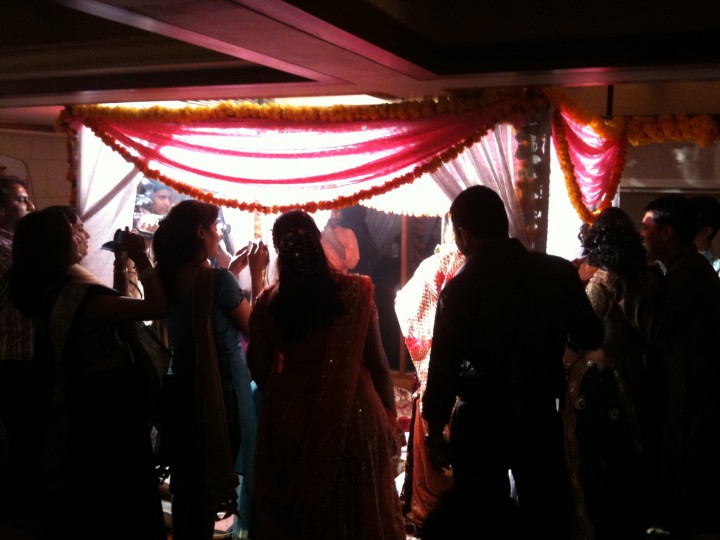

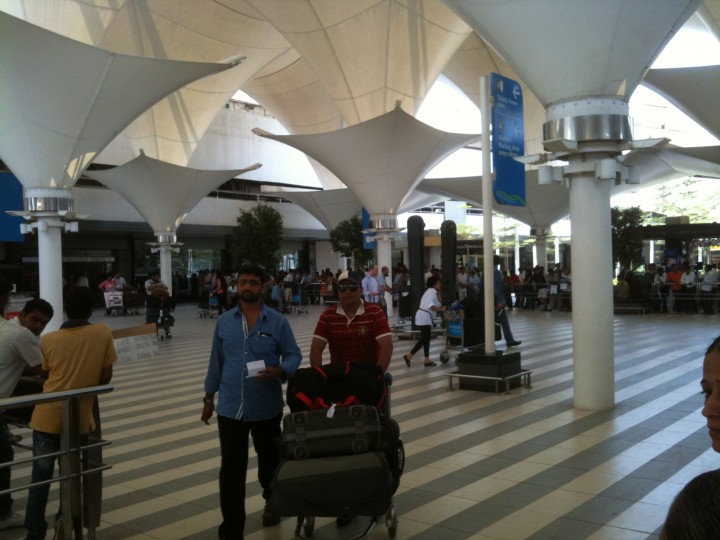
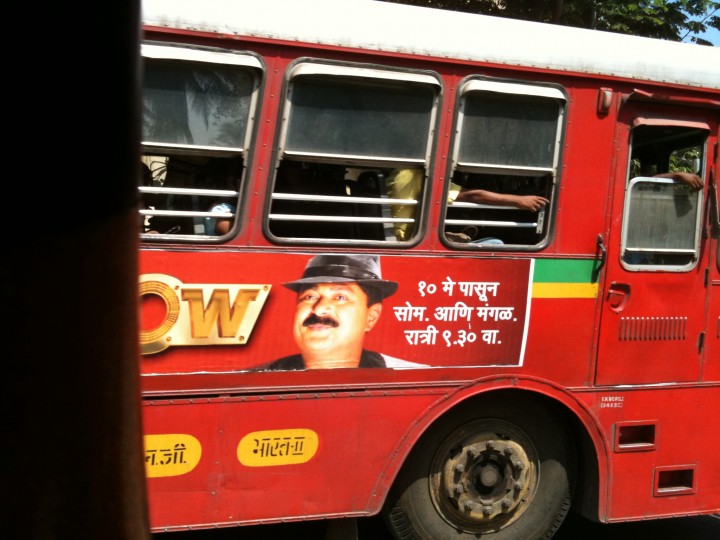
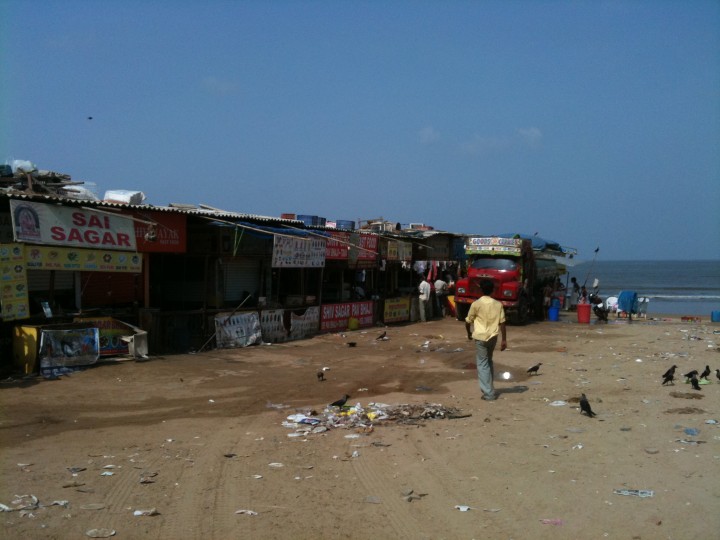
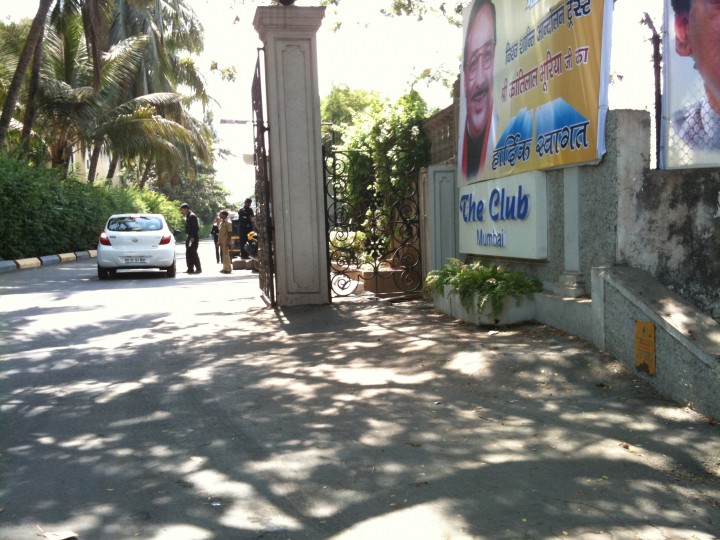
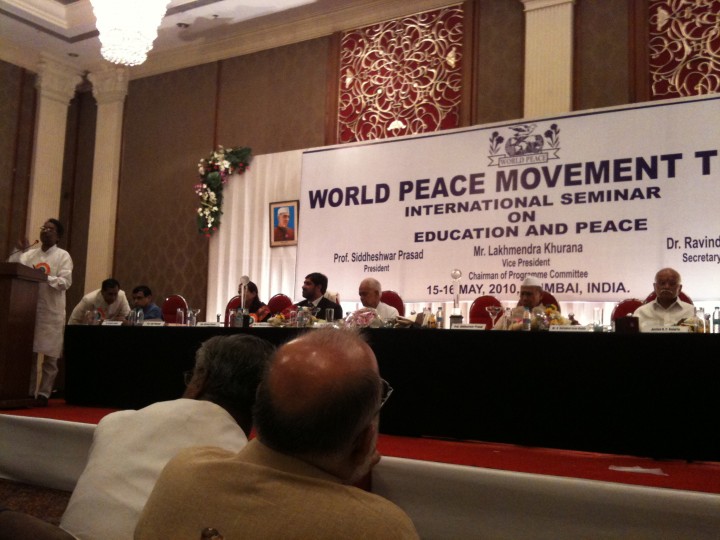
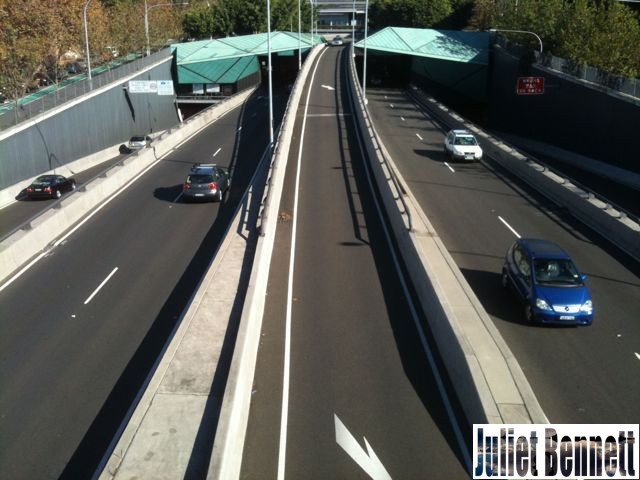
 Next Thursday I am going to India and I have a feeling I will be making up for the failure of my February detox.
Next Thursday I am going to India and I have a feeling I will be making up for the failure of my February detox.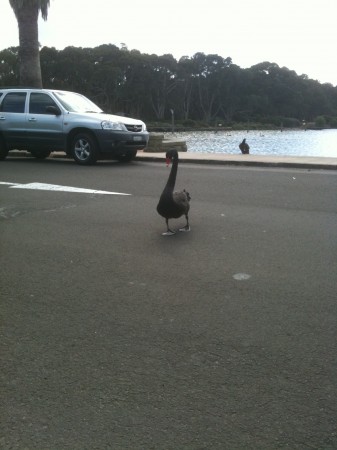 Today I took Bella to Centennial Park. As we approached a large flock of swans and geese Bella instinctively led me away from the big mean-looking birds. What I found interesting was that not once did she look their way. Later we walked near two smaller birds and Bella ran toward them, joyously spurring them to fly away. Then again, some geese in the distance… before we were even close she was leading me in the opposite direction. Is it a territorial thing, or could she sense danger? They are big birds and she is a relatively small dog…
Today I took Bella to Centennial Park. As we approached a large flock of swans and geese Bella instinctively led me away from the big mean-looking birds. What I found interesting was that not once did she look their way. Later we walked near two smaller birds and Bella ran toward them, joyously spurring them to fly away. Then again, some geese in the distance… before we were even close she was leading me in the opposite direction. Is it a territorial thing, or could she sense danger? They are big birds and she is a relatively small dog… 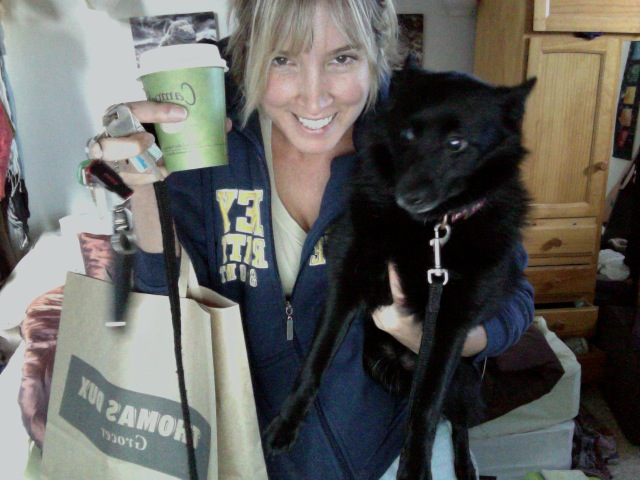
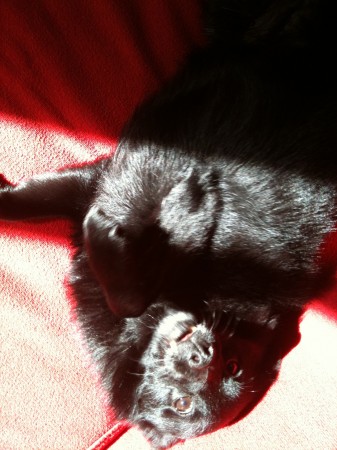 I stole my sister’s schipperke Bella for two days of doggie companionship – it’s pretty clear why they say that a dog is a man’s best friend. Not only are dogs adorable and fluffy, they (especially Bella) give you cuddles and snuggles when you ask, they run and have fun with you, they don’t hide what they are thinking and feeling, and best of all they love you unconditionally.
I stole my sister’s schipperke Bella for two days of doggie companionship – it’s pretty clear why they say that a dog is a man’s best friend. Not only are dogs adorable and fluffy, they (especially Bella) give you cuddles and snuggles when you ask, they run and have fun with you, they don’t hide what they are thinking and feeling, and best of all they love you unconditionally.
 When I was in South America, one place I missed was Easter Island. If you want to go here I believe flying LAN Chile is the way to go as they give you a free stop over if you’re flying from Australia. We flew Aerolinias Argentinas (one thing I hope to NEVER do again) and instead I got to see New Zealand Airport. You live and learn… Moving on… I want to tell you why Easter Island interested me so much.
When I was in South America, one place I missed was Easter Island. If you want to go here I believe flying LAN Chile is the way to go as they give you a free stop over if you’re flying from Australia. We flew Aerolinias Argentinas (one thing I hope to NEVER do again) and instead I got to see New Zealand Airport. You live and learn… Moving on… I want to tell you why Easter Island interested me so much.